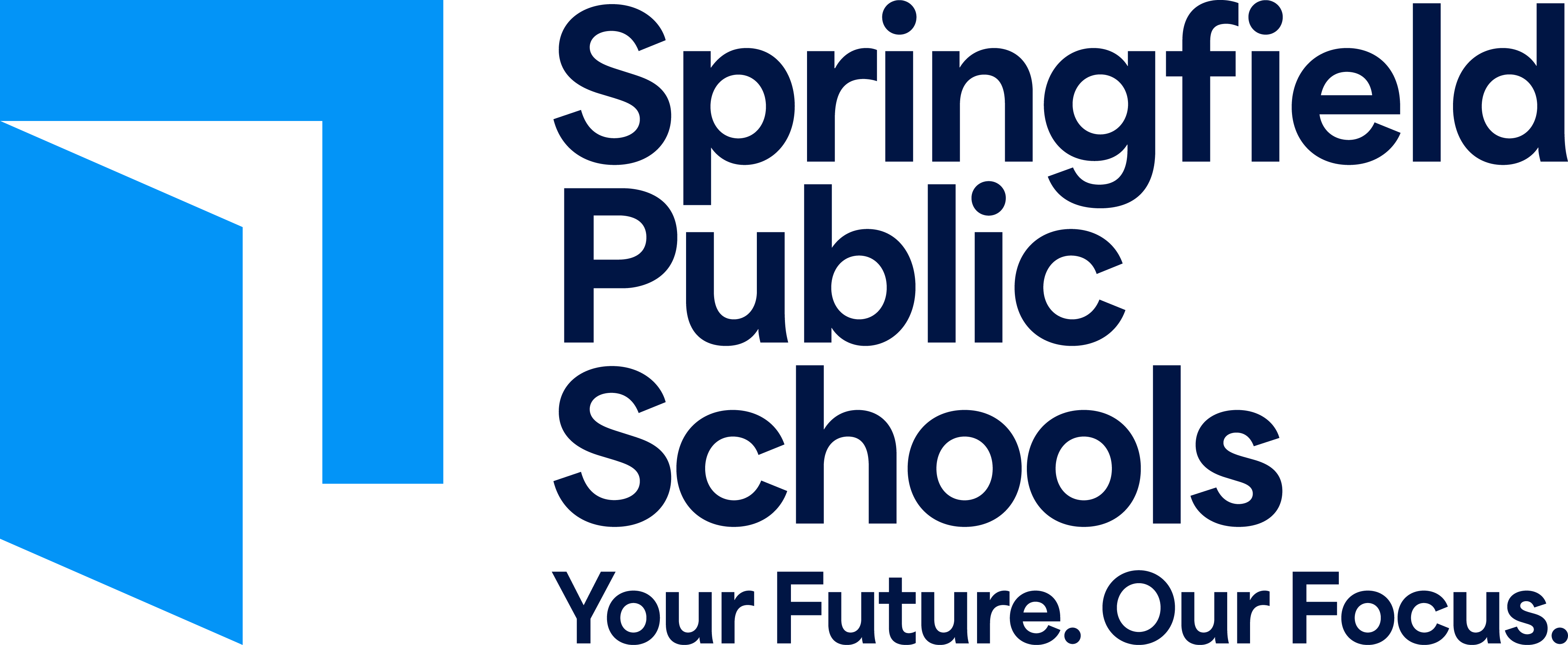Reading Recovery
-
Reading Recovery is a research-based, short-term intervention of one-to-one teaching for the lowest achieving first graders in about one in six U.S. public schools available in 48 states and the Department of Defense schools. Reading Recovery is the early intervention component of a school's comprehensive literacy program and it is not a stand-alone, isolated program. Typically, it takes two years to bring Reading Recovery into a new school district or consortium of school districts, one year to have a qualified staff member trained as a teacher leader, and the second year to train teachers. SPS has three trained teacher leaders. Districts interested in starting Reading Recovery may join the Springfield Reading Recovery site.
- In Reading Recovery, students receive 30-minute lessons each school day for 12 to 20 weeks from a specially trained teacher.
- As soon as students can read and write at grade level and demonstrate that they can continue to achieve, their lessons are discontinued and new students receive individual instruction.
-
Accelerated learning is possible because Reading Recovery teachers base their instruction on carefully documented daily observations of what each child already knows about reading and writing. This efficient approach allows all future instruction to work from the child's strengths.
- There are two possible outcomes after a full series of Reading Recovery lessons, both positive:
- The child makes accelerated progress and continues to progress thereafter with classroom instruction. (Nationally about 8 of 10 children successfully complete lessons.)
- Additional evaluation is recommended and further action is initiated to help the child continue making progress. This is a positive outcome, because Reading Recovery's diagnostic teaching helps identify children who need more help and provides a documented record of the child's knowledge and strengths as a base for future teaching.
Results
-
Positive results for Reading Recovery students require excellent instruction and a school environment that allows for smooth operations. Among the factors that affect results are:
- Daily lessons for Reading Recovery students
- Scheduling for students and teachers
- Collaboration with classroom teachers
- Teacher selection
- Adequate space and materials
- Administrative support
Standards and Guidelines
-
In order to ensure reliable consistent results for students, Reading Recovery sites and schools agree to abide by the standards set out in the Standards and Guidelines of the Reading Recovery Council of North America. The founder of Reading Recovery, Dr. Marie M. Clay, granted the trademark for Reading Recovery to the Ohio State University in the United States. Permission to use the trademark is granted royalty-free on an annual basis as long as the user complies with the standards and guidelines.
Reading Recovery at SPS
-
More than 250 first grade students are served each year by Reading Recovery Interventions in Title I Springfield Public Schools. The Springfield Reading Recovery Training Site, located in the Title I offices of the Roseann Bentley Administration Center, offers training and continual professional development services for area districts that implement Reading Recovery. One of the benefits of Reading Recovery is the professional development that creates literacy experts who share their knowledge with other staff and students outside Reading Recovery.
Lesson Description
-
- Re-reading familiar stories
- Reading a story that was read for the first time the previous day
- Working with letters and words using magnetic letters
- Writing a story
- Assembling a cut-up story
- Reading a new book
- Teacher teaching, demonstrating problem-solving strategies, and providing enough support to help the child develop effective reading and writing strategies and work independently as possible
Components of Comprehensive Reading
-
Each Reading Recovery lesson incorporates the five components identified by the Federal Elementary and Secondary Education Act as essential in a comprehensive instructional program in reading.
- Phonemic awareness
- Phonics instruction
- Fluency instruction
- Vocabulary instruction
- Text comprehension instruction


